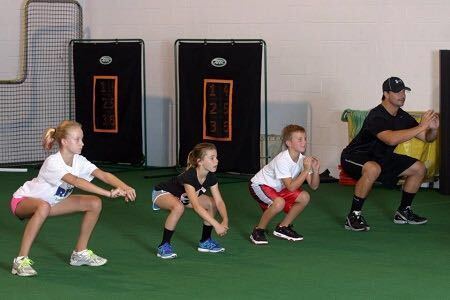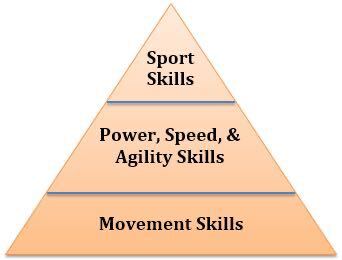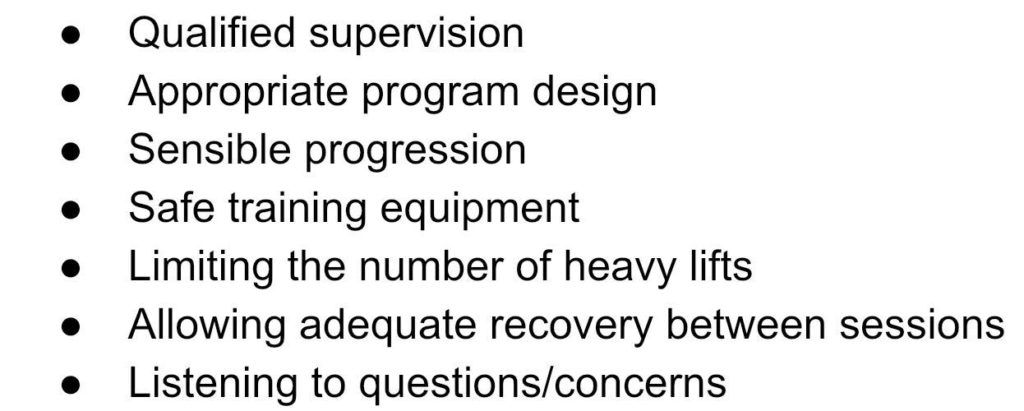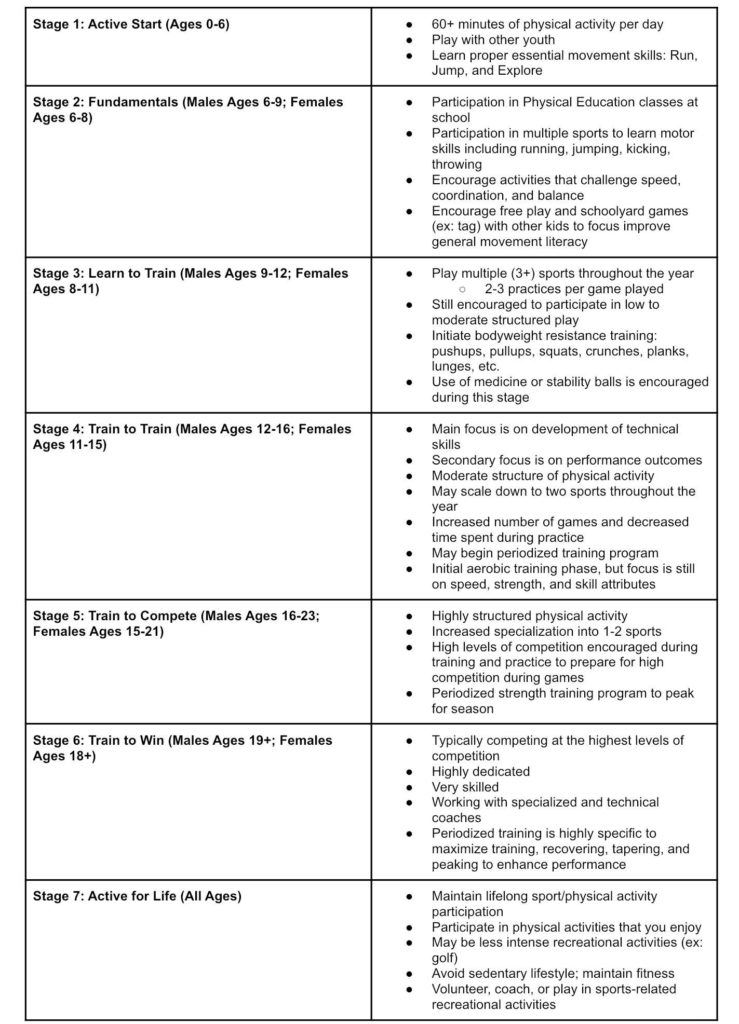Strength Training for Youth Athletic Development
Youth Athletic Development
There is a common notion that resistance training in youth athletes can cause negative effects on development and maturity in children. Many parents believe that resistance training will stunt the growth of their child if they initiate weight lifting at too young of an age. However, we know that strength training and weight lifting can enhance performance during athletic competition.
Everyone wants their child to perform as well as possible in their sport. We know resistance training will help to get an advantage, but at what age is it appropriate to allow my child to start lifting?

The National Strength and Conditioning Association released a position statement on this topic in 2009. Faigenbaum et al suggests in this position statement that a properly designed and supervised resistance training program is relatively safe for youth compared to other sports.
Benefits of Resistance Training for Youth Athletic Development
- Relatively safe for youth
- Enhance muscular strength and power of youth
- Improve cardiovascular risk profile of youth
- Better motor skill performance and may contribute to enhanced sports performance of youth
- Increase a young athlete’s resistance to sports-related injuries
- Improve the psychosocial well-being of youth
- Can help promote and develop exercise habits during childhood and adolescence
Adolescent Strength Training
Did you know strength gains made during childhood are mainly due to neural changes rather than an increase in muscle size? So, increased muscle size will occur with adolescent athletes due to hormonal changes that occur during puberty. Moreover, resistance training programs that include jump and weight training can help to improve strength and coordination. It also encourages motor unit activation, movement pattern development and bone density. This will help to decrease the risk of sports-related injuries.
Faigenbaum et al state, “adolescent weight lifters typically display increased bone density and bone mineral content than their age-matched controls”. To sum up, this suggests that weight lifting does not have a negative impact on skeletal growth and actually enhances bones.

There is no evidence to suggest that weight training will stunt the growth during childhood.
Ways to Decrease Risk of Injury

Certainly, weight training does carry some risk of injury. Athletes are in no greater risk of injury than with any other physical activity. Therefore, it is recommended that an athlete may begin resistance training exercises once they have reached the age to initiate participation in sports. This is typically around ages 6-8 years old. Above all, injuries that typically occur during weight training can be due to poor technique. Therefore, proper supervision is crucial to safe and effective exercise progressions.
Long-Term Athletic Development Model
The Long-Term Athletic Development Model (LTAD) is a great way to organize development into phases throughout the lifespan. It does a great job of maintaining the fun in physical activity, preventing overtraining/burnout, and promoting proper development of skills to improve performance. This model encourages free play as well as participation as a multiple sports to enhance skill development. Below are the stages of the LTAD Model according to the NSCA:

There is a common misconception that resistance training can have negative effects if initiated too young. However, there is strong evidence that it has many beneficial results in the long-term. We want to promote proper movement throughout childhood to improve coordination. Also, we want to improve resiliency against injury. Less-structured free play and multiple sports are strongly encouraged as well. So, general weight exercises such as squats, pushups, lunges, and jumps/hops are appropriate to begin. To sum up, they would serve as an addition to enhance performance, coordination, and movement.
Conclusion
In conclusion, resistance training can be done during adolescence. For example, load intensity, complexity of exercises, and structure increase as appropriate throughout the development of the athlete. The LTAD model helps to answer questions about the progression of sport participation. Also, it answers questions about resistance training athletic development. So, the benefits of resistance training in youth athletes goes well beyond solely performance-based outcomes. In addition, it also helps to improve bone density, cardiovascular health, and body composition throughout the lifespan. If you have any questions about youth athletic training please feel free to contact us . You can also check out our sports physical therapy services for adults if you’re interested in improving your own performance.
Citations
- Faigenbaum AD, Kraemer WJ, Blimkie CJ, et al. Youth resistance training: updated position statement paper from the national strength and conditioning association. J Strength Cond Res. 2009;23(5 Suppl):S60-79.
- Williams CE. Youth Performance and Fitness – Strength and Conditioning Information for Parents. NSCA Personal Training Quarterly Mar 2013; 2:3. 10 Jun 2020 https://www.nsca.com/education/articles/ptq/youth-performance-and-fitnessstrength-and-conditioning-information-for-parents/
